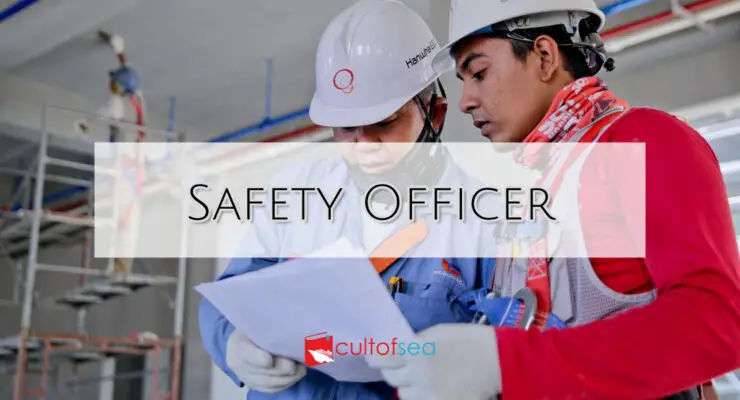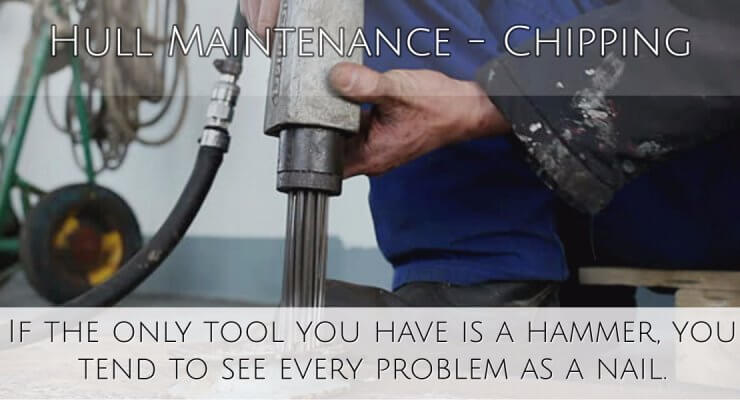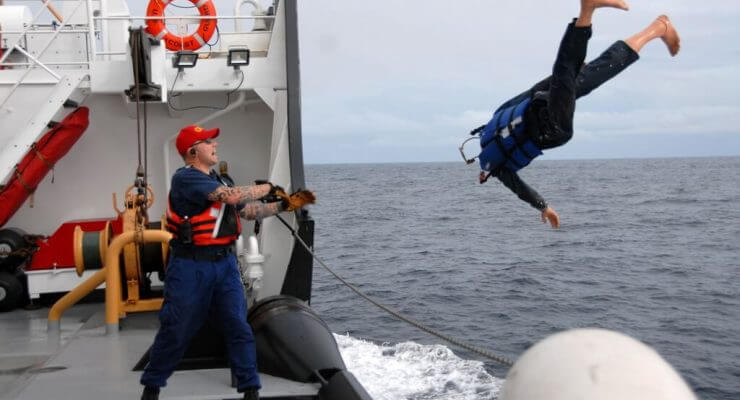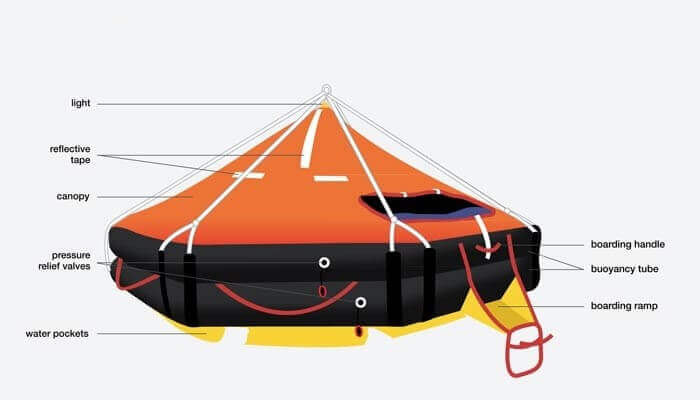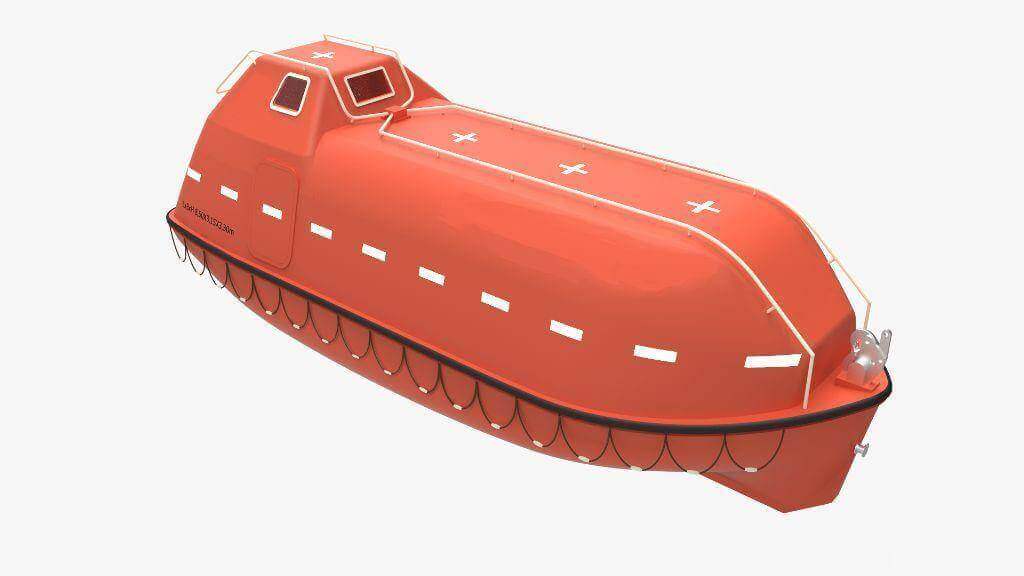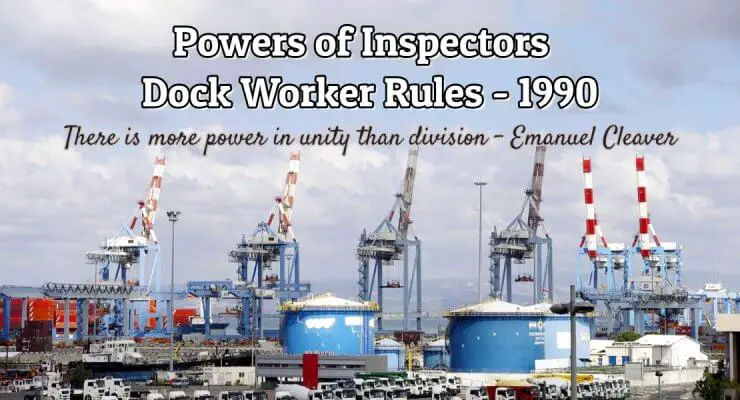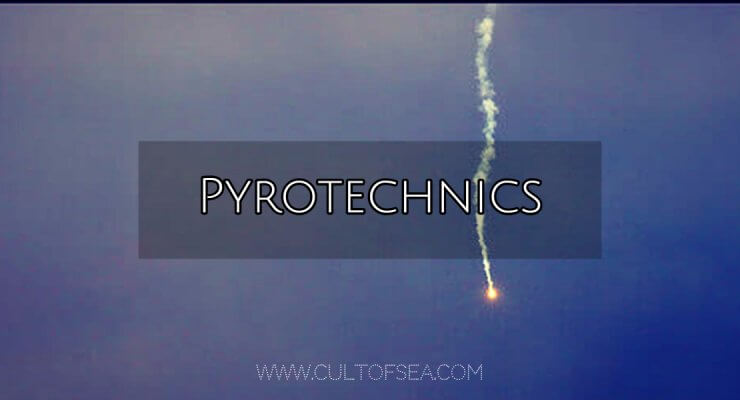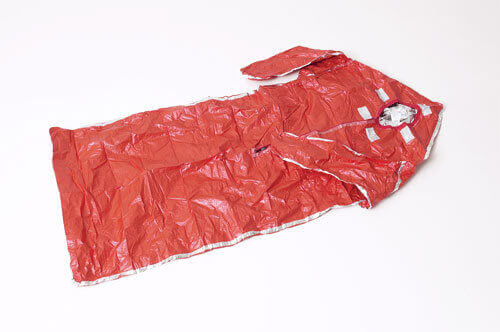Definition of Safety Officer Safety Officer onboard the vessel is an appointed safety adviser who promotes safety onboard by carrying out inspections, identifying hazards and potential hazards to health, safety and the environment with subject to the agreement of the Master. The safety officer should be familiar with the principles and practice of risk assessment and should be available to advise those preparing and reviewing risk assessments. It is recognised that where the safety officer also has other responsibilities (e.g. chief officer) they may well conduct risk assessments themselves. … [Read more...]
What is Chipping ? Tools, Precautions & Protection
Rust Scale removal by chipping, hammering, scaling and painting constitute the major portion of hull maintenance and requires labour and costs. It is important to do chipping properly not to allow rust again in the place where chipping was carried out once.It is better not to remove rust than chipping halfway through What is Chipping? The removal of weld spatter, rust, or old paint from ironwork using a hammer and cold chisel is called chipping. Chipping Tools Air Hammer Air Disc Sander Air Chisel (Jet needle chisel type) Chipping hammer Scraper Wire … [Read more...]
Man Overboard – Manoeuvers you need to know to save a life
From the very time a man falls over, till he is recovered back on board, every second counts. Every wrong action taken or an inappropriate decision you make, the results can be catastrophic, so as a prudent navigator it’s more than necessary to know the steps to be taken when this godforsaken Man overboard emergency arrives. Three scenarios:Immediate action: The person overboard is noticed from the bridge and action is taken immediately Delayed action: The person is reported to the bridge by an eye witness and action is initiated with some delay. Person missing action: The … [Read more...]
Ballast Water Management – Merchant Ships
The Convention requires that vessel should conduct ballast water exchange:•At least 200 nm from the nearest land and in water at least 200 m in depth; if this is not possible•As far from the nearest land as possible, and in all cases at least 50 nm from the nearest land and in water at least 200m in depth.•In sea areas designated by the Port State.All local and / or national regulation should be taken into consideration as they may specify other depths and distances from land.A ship will not be required to deviate from its intended voyage or delay the voyage in order to … [Read more...]
Portable Fire Extinguishers
The Nature of Fire: Fire is a chemical reaction known as combustion which occurs when fuel and oxygen are brought together with sufficient heat to cause ignition. A fire cannot start , or continue, if one side of the fuel-oxygen-heat triangle is absent, or if there is an interruption in the chemical chain reaction that sustains burning.Oxygen, heat and fuel are frequently referred to as "fire triangle". Add in the fourth element, the chemical reaction and you actually have a fire. The important thing to remember is: remove one of these elements and you will not have a fire or the fire … [Read more...]
Liferaft – General Requirements
General RequirementsEvery liferaft shall be so constructed as to be capable of withstanding exposure for 30 days afloat in all sea conditions. The liferaft shall be so constructed that when it is dropped into the water from a height of 18 m, the life raft and its equipment will operate satisfactorily. If the life raft is to be stowed at a height of more than 18 m above the waterline in the lightest seagoing condition, it shall be of a type which has been satisfactorily drop-tested from at least that height. The floating life raft shall be capable of withstanding repeated jumps onto … [Read more...]
Lifeboat – General Requirements
Requirements All lifeboats shall be properly constructed and shall be of such form and proportions that they have ample stability in a seaway and sufficient freeboard when loaded with their full complement of persons and equipment. All lifeboats shall have rigid hulls and shall be capable of maintaining positive stability when in an upright position in calm water and loaded with their full complement of persons and equipment and holed in any one location below the waterline, assuming no loss of buoyancy material and no other damage.1. Each lifeboat shall be fitted with a certificate of … [Read more...]
Powers of Inspectors – Dock Worker Rules 1990
An Inspector may at any port for which he is appointed:Enter, with such assistance, (if any), as he thinks fit, any ship, dock, warehouse or other premises, where any dock work, is being carried on, or where he has reason to believe that any dock work is being carried on; Make examination of the ship, dock, lifting appliance, loose gear, lifting device, staging, transport equipment, warehouse or other premises, used or to be used, for any dock work; Require the production of any testing muster roll or other document relating to the employment of dock workers and examine such … [Read more...]
Pyrotechnics
AS PER SOLAS CH 3 REG 6.3 Distress flares Not less than 12 rocket parachute flares, complying with the requirements of section 3.1 of the Code, shall be carried and be stowed on or near the navigation bridge.Additional to mentioned above 2 Buoyant smoke signals, 4 Rocket parachute & 6 Hand flares are to be present in each of the survival craft. FURTHER DETAILS ON PYROTECHNICS AS PER LSA CODE ROCKET PARACHUTE FLARES (Section 3.1 of the IMO LSA Code) The rocket parachute flare shall:Be contained in a water-resistant casing; Have brief instructions or … [Read more...]
Thermal Protective Aid – Requirements as per SOLAS
TPA or Thermal Protective aid A TPA is a bag or suit made of waterproof material with low thermal conductance (thermal conductance of not more than 7,800 K⋅m2/W). Every survival craft should have 2 thermal protective aid suits or 10% of its total carrying capacity whichever is greater. The material used to make TPA is usually aluminized polyethylene suit with sealing to reduce both convective and evaporative heat loss from wearer's body. Additional Requirements for Thermal Protective AidA TPA shallbe made of a waterproof material having a thermal conductance of not more … [Read more...]
